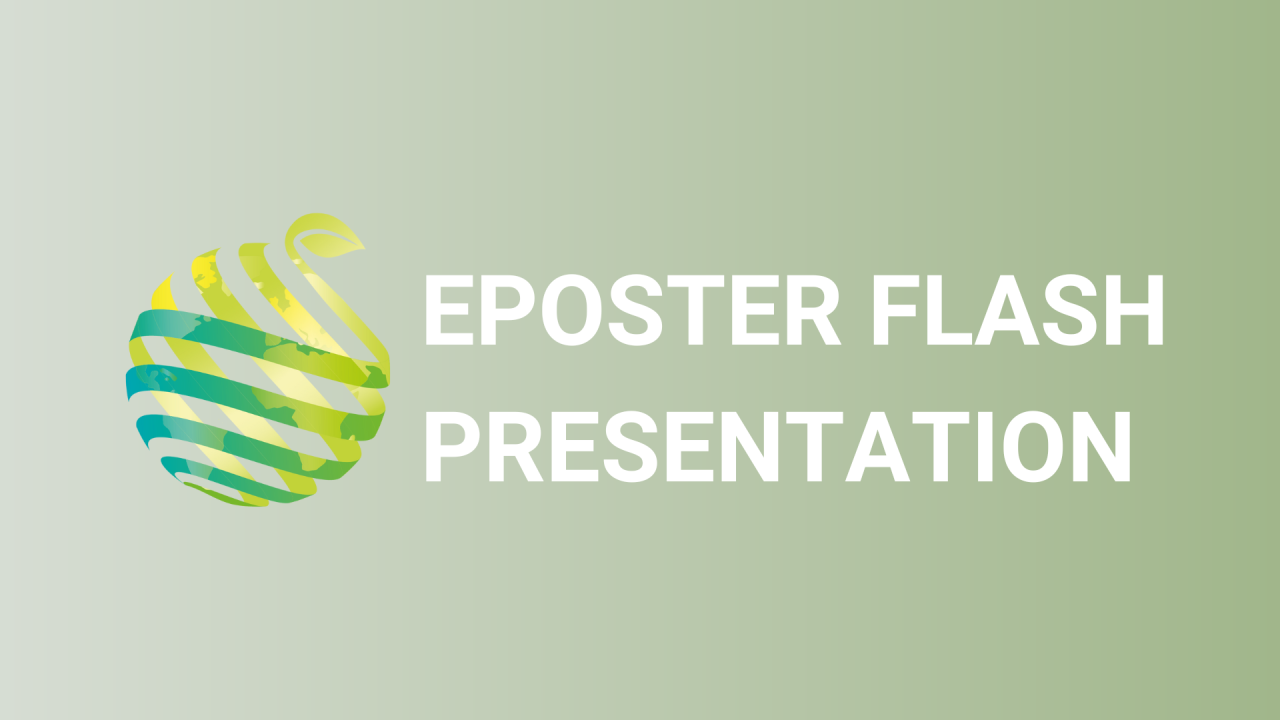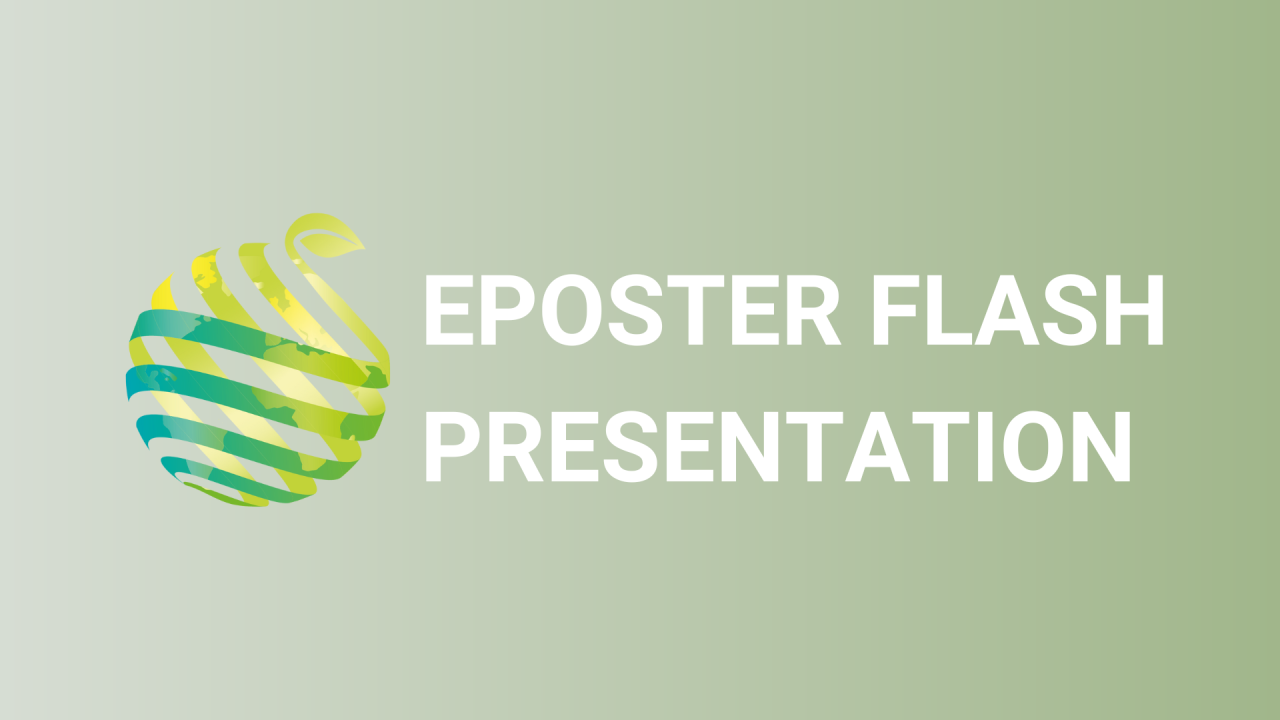

S04 - Session P5 - Conservation and long-term storage - Approaches applied to induce regeneration, via somatic embryogenesis, in the peach rootstock GF677 (P. persica x P. amygdalus) and in different peach cultivars using leaves and anthers as starting ex
Information
Authors: Angela Ricci *, Bruno Mezzetti, Oriano Navacchi, Lorenzo Burgos, Silvia Sabbadini
P. persica L. is considered one of the most recalcitrant fruit trees species in terms of in vitro regeneration and genetic transformation, especially when somatic tissues are used as starting material. In this study, different attempts to induce somatic embryogenesis (SE) in the peach hybrid rootstock GF677 ( P. persica x P. amygdalus ) and in several peach cultivars are described, using expanding leaves and anthers as starting explants. The final objective is to eventually apply biotechnological approaches aimed at genetically improve different peach rootstocks and varieties. The current investigation aimed to determine the proper balance of in vitro plant growth regulators capable of inducing SE in a peach rootstock and different cultivars from expanding leaves of elongated in vitro shoot cultures, or from anthers belonging to unopened flowers of one-year old dormant cuttings. The explants have been cultured in different induction media, which consisted of McCown Woody Plant Medium (WPM) as basal salt supplemented with N 6 -benzylaminopurine (BAP) and 2, 4-Dichlorophenoxyacetic acid (2, 4-D). Although none of the media tested induced the development of somatic embryos from the somatic explants treated, cream-colored calli similar to pre-embryogenic structure were obtained when anthers of Big Top, Tardibelle and Big Bang were cultured on SE induction media supplemented with 4.4 mM BAP in combination with 4.5 or 9 mM 2, 4-D. Considering the optimization of efficient regeneration protocol through SE in Prunus persica L. as useful tool for peach genetic improvement, it would be worth continuing to test the induction of SE from these kinds of explants by investigating other culture media supplemented with different concentrations and combinations of BAP as cytokinin and 2, 4-D as auxin.